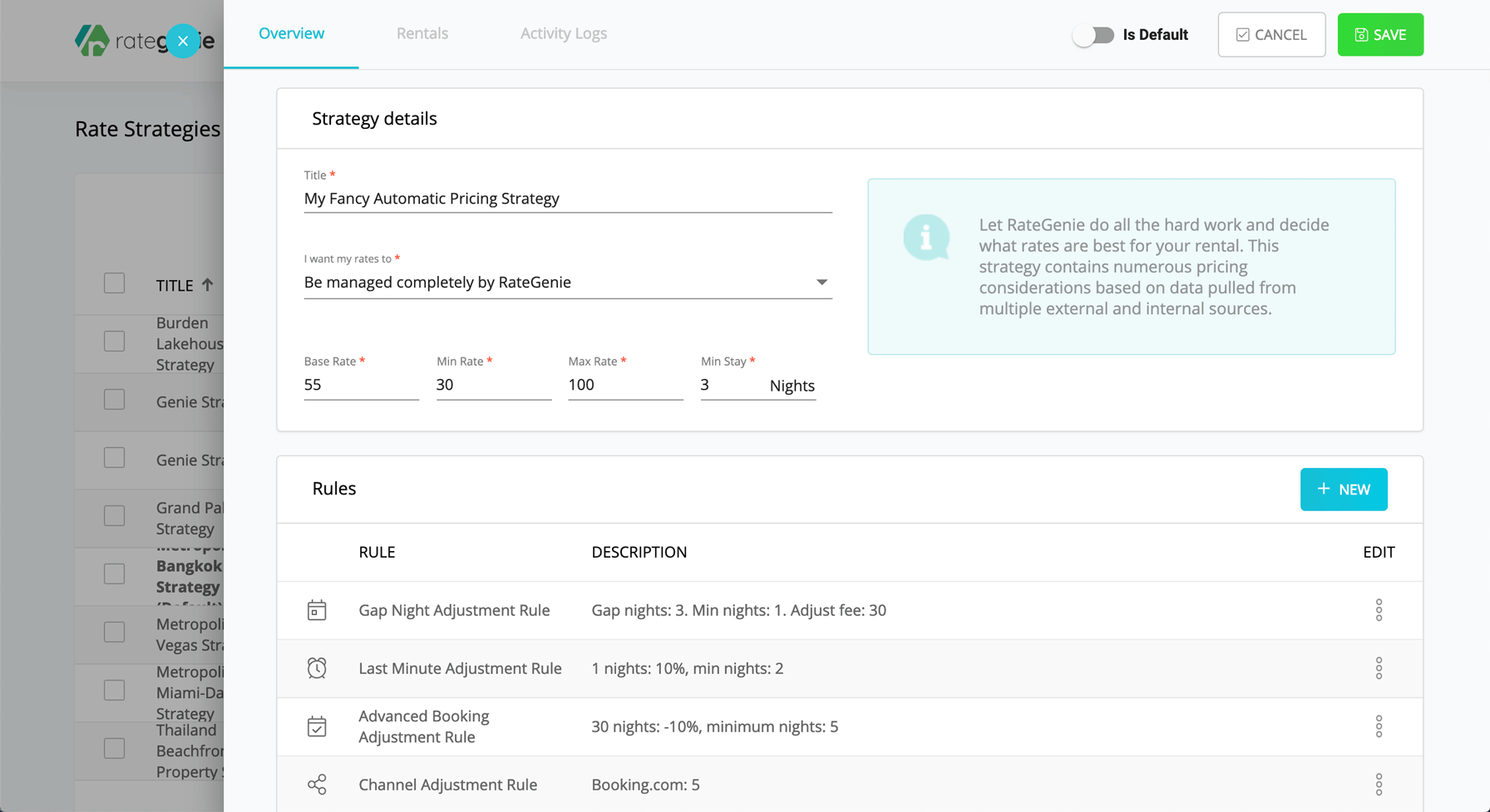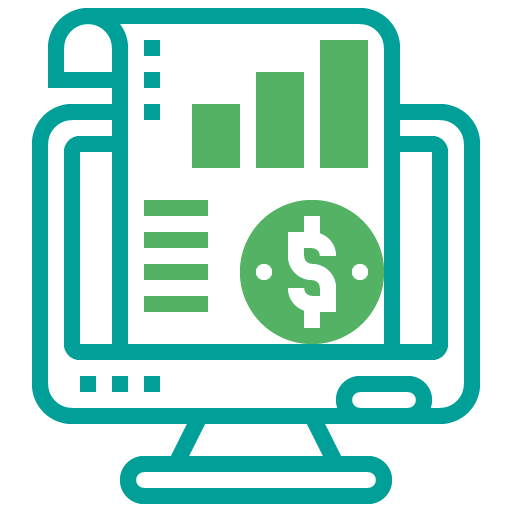As a vacation rental manager, you’re probably already familiar with the ferocity of this market and how quickly it changes. That’s why it’s important to have your finger on the pulse – when things do change, you’ll be ready to adapt. Right now, there’s a change going on and we’d like you to be prepared.
Take a few minutes to educate yourself on revenue management, dynamic pricing strategies, and the software that’s elevating the VR industry’s level of competition.
What is Revenue Management?
Of course, if you’ve come across this article searching for VR revenue management or dynamic pricing information, you already have an idea. But for the unacquainted, let’s get up to speed on revenue management:
“Revenue management is the application of disciplined analytics that predict consumer behaviour at the micro-market levels and optimize product availability and price to maximize revenue growth.”
Wikipedia
So, when we speak about revenue management, we’re speaking about controlling and improving your income using consumer data. Now, this definition can mean different things for different industries, but in the vacation rental industry, the process simply involves changing your rental rates to respond to market fluctuations or predictable customer behavior. You’ll see it referred to as dynamic pricing strategies or dynamic rates.
Here’s a few simple scenarios:
- You offer your rental unit for a flat nightly fee, year-round. This is not a dynamic pricing strategy.
- You increase your rates by 10% for Saturdays and Sundays. This is a common strategy that, while fixed, is still in the vein of revenue management. You are adjusting your value for predictable market changes.
- You increase your rates by 20% for an upcoming local music festival. We’re getting closer to something your boss might call “proactive management”. Or some sort of buzzword of that nature.
- You offer 10% discounts to customers who book a month in advance because you’ve noticed they tend to have longer bookings and generate more money. Now you’re abiding by the tenets of revenue management.
If you already do all of these things, that’s excellent. But don’t stop reading yet – the purpose of this article wasn’t just to give you a name for your methods. It’s to teach you about how your competitors are using them – and how you can level the field again.
How Dynamic Pricing Has Evolved
The example scenarios above were pretty straightforward. But considering there’s a long list of rate-changing factors that need to be considered simultaneously, operating a dynamic pricing strategy in the VR industry is virtually impossible without software help.

All of the following may be considered at once for setting a single night’s rate:
- Seasonal market fluctuations
- Competitor rates
- Local availability
- Local tourism surges, events, holidays
- Booking parameters (time of booking, length of stay, number of guests, etc)
How do you account for all of this…every day? Enter dynamic pricing tools like Rategenie, Pricelabs, or AirDNA’s Market Minder. They each, in their own ways, take into account varying availability, competitor, and customer factors to calculate the most effective rates for your rental units.
Right now, chances are that some of your competitors have a complex price calculation system based on numerous sources of deep market research set up to work against you. They aren’t struggling to come up with the perfect price every day either – just paying a monthly fee.
In most competitive skirmishes, there’s usually a creative way to respond to your opponents’ moves. But in scenarios where your competitor has taken steroids, and is now significantly faster, smarter, and more informed than you, refer to the age-old adage: if you can’t beat ‘em, join ‘em.
Affordable dynamic pricing software is here now, and the VR industry is not going to turn back on it. Over the coming months, you can be assured that the number of companies offering rate calculation solutions is going to increase drastically.
Does that mean you can’t compete at all anymore? Will you go out of business immediately? No – you may have a fantastic property with objectively great rates. Quality and availability are still the primary influences in booking. But things are going to get harder as more people get on board with dynamic pricing.
So now you’re sufficiently up to speed on how dynamic pricing software is currently changing the vacation rental industry. There’s a number of benefits that come along with software like Rategenie that we haven’t even spoken about yet, such as increased efficiency and, of course, increased revenue.
According to Rategenie’s case studies, users regularly experienced 30%+ increases in revenue after adopting a dynamic pricing strategy. If maintaining distance between yourself and your competitors isn’t a concern of yours, surely a significant increase in earnings is. You can read more about Rategenie’s earning potential in this case study.
To learn more about dynamic pricing software, be sure to check out this article along with Rategenie’s feature breakdown.

